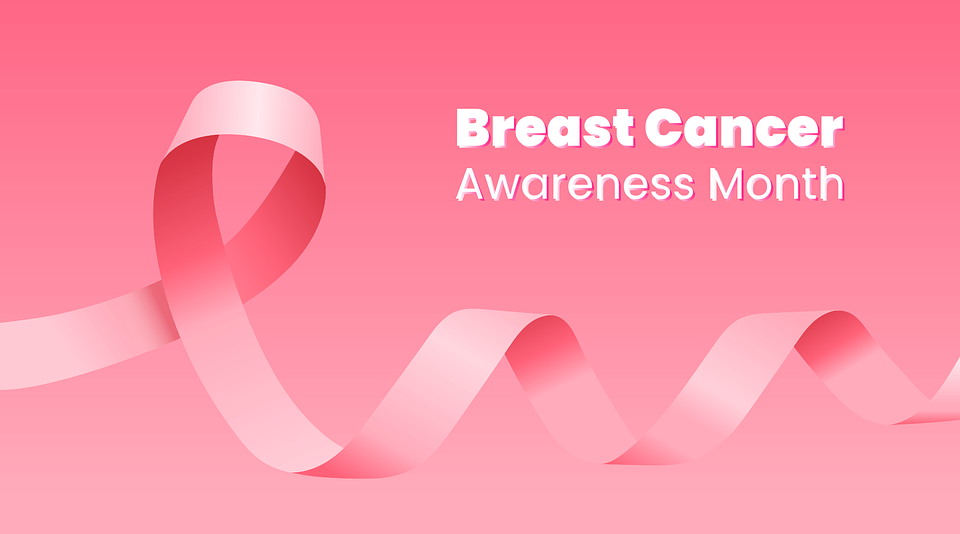
breast cancer
Women’s health screenings are crucial to preventing, detecting, and managing various health conditions. These tests help identify potential health risks and allow women to take preventive measures to avoid severe health issues. Preventive care can help detect diseases early when they are easier to treat.
Several health conditions are more common in women, including breast cancer, cervical cancer, osteoporosis, and heart disease. Regular health screenings can detect these conditions early and improve the chances of successful treatment. For example, a mammogram can detect breast cancer before a lump can be felt, while a Pap smear can detect precancerous cells in the cervix.
As a woman, you should prioritize preventive care and ensure you are current with your recommended health screenings. Women of different ages and risk levels require different screenings. And it is essential that they consult with a healthcare provider to determine what tests are proper for them. Those with a family history of certain health conditions may need to be screened more frequently.
Ensuring regular health screenings is crucial for women to maintain their well-being and detect potential health issues early on. From pap smears to mammograms, these screenings play a pivotal role in preventive healthcare. However, with the advancement of medical technology, options like open MRI have provided a more comfortable experience for women undergoing imaging tests. Unlike traditional closed MRI machines, open MRI offers a more spacious and less confining environment, reducing feelings of claustrophobia and anxiety.
Below are the essential health screenings women should schedule regularly.
Breast Cancer Screening
Breast cancer is one of the most common cancers among women worldwide, and early detection is crucial for successful treatment. That’s why regular breast cancer screening is essential for women, especially as they age.
There are several types of breast cancer screening methods available. They include mammography, breast MRI, breast ultrasound, clinical breast exam, and breast self-exam. But mammography is the most common and widely used screening method. It uses low-dose X-rays to create images of the breast tissue, which can be examined for any abnormality.
During a mammogram, the breasts are compressed between two plates to get images of the breast tissue. The process only takes a few minutes and can help detect small lumps or abnormalities in the breast tissue that may indicate cancer.
Some women may be concerned about the frequency of breast cancer screenings, potential discomfort, or a mammogram’s cost. The cost of a mammogram can vary depending on factors such as location, facility, and insurance coverage. However, regular screening is essential to detect potential issues early when treatment is most effective. Women should also discuss any concerns or questions with their healthcare provider, who can provide more information and guidance.
Cardiovascular Disease Screening
There are several recommended tests for cardiovascular disease screening, including blood pressure checks, cholesterol tests, and electrocardiograms (ECGs).
Blood pressure checks are a routine part of any doctor’s visit and involve measuring the force of blood against the walls of arteries. High blood pressure is a common risk factor for heart disease and stroke, so regular monitoring is vital to manage and prevent any potential issues.
Cholesterol tests measure the levels of fats in the blood, including low-density lipoprotein (LDL) or “bad” cholesterol, high-density lipoprotein (HDL) or “good” cholesterol, and triglycerides. High LDL cholesterol and triglyceride levels can contribute to plaque buildup in arteries, increasing the risk of heart disease and stroke.
ECGs are non-invasive tests that measure the heart’s electrical activity and can detect irregularities or abnormalities in heart function. This test can help diagnose heart conditions such as heart attacks. During the screening process, women can expect to have their blood pressure checked and may need to fast before a cholesterol test. ECGs are painless and typically involve attaching small electrodes to the chest, arms, and legs to measure heart activity.
Cervical Cancer Screening
Cervical cancer is a type of cancer that’s found anywhere in the cervix. It is prevalent among women. Therefore, cervical cancer screening is so vital for women. The American Cancer Society recommends that screening for cervical cancer should start at 25. Women between the ages of 25 and 65 can either have a Pap test every three years or a combination of a Pap test and an HPV test every five years. Women over 65 who have had regular screenings can stop screening.
Some women may feel anxious or embarrassed about getting a Pap test, but it is a quick and relatively painless procedure. It is also important to note that abnormal results do not always mean cancer; further testing and treatment may be needed.
Regular cervical cancer screening can help detect abnormal cells and prevent the development of cervical cancer. It is essential for women to speak with their healthcare provider about their individual screening needs and to follow recommended screening guidelines.
In A Nutshell
Even if you feel fine, undergoing routine health tests might help you identify diseases and medical disorders early on. You might not feel symptoms of diseases like high blood pressure and high blood cholesterol. Likewise, breast and cervical cancers can also begin as precancerous lesions, and patients may not initially have any symptoms. Sometimes by the time symptoms appear, the cancer has already advanced. It is always a good idea not to rely on signs. Going for regular health screening allows for early detection and intervention.






